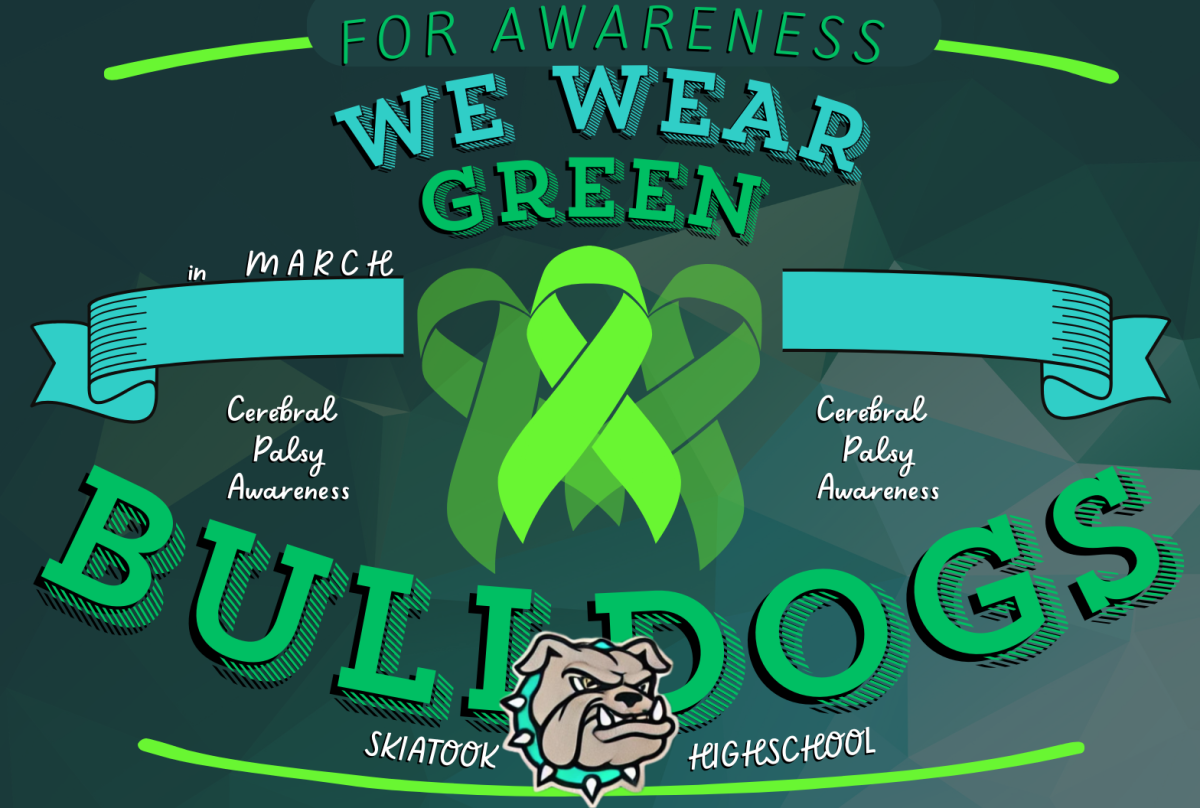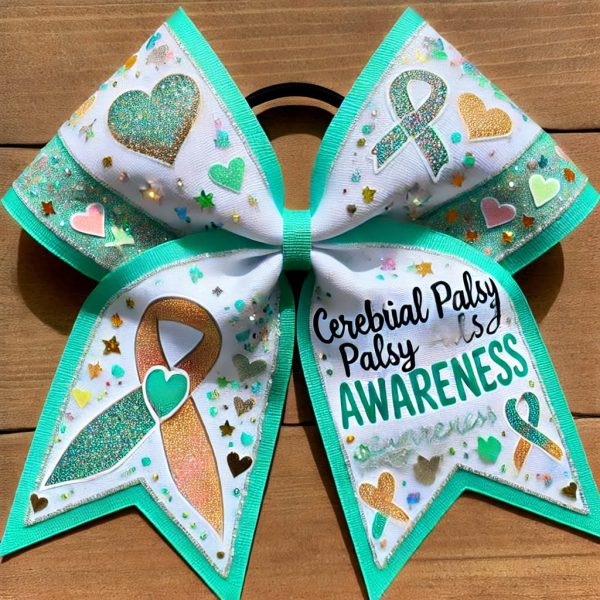
Honoring People with Cerebral Palsy for Cerebral Palsy Awareness Month
March is Cerebral Palsy Awareness Month, a time to recognize and support people living with Cerebral Palsy (CP). CP is a condition that affects movement, muscle control, and balance. It occurs when the brain is damaged before, during, or shortly after birth. No two people with CP are exactly the same—some may have mild difficulties, while others may need more support in their daily lives.
The Different Types of Cerebral Palsy
CP comes in different types based on how it affects a person’s movement:
Spastic CP – The most common type. Muscles are stiff, making movement difficult. It can affect one side of the body (hemiplegia), both legs (diplegia), or the entire body (quadriplegia).
Dyskinetic CP – Causes involuntary, uncontrolled movements that make it hard to sit, walk, or use the hands properly.
Ataxic CP – Affects balance and coordination, making movements shaky and unsteady.
Mixed CP – A combination of two or more types.
The Different Stages of Cerebral Palsy
CP doesn’t get worse over time, but how it affects someone can change as they grow:
Infancy & Early Childhood (0-5 years) – Parents may notice delays in sitting, crawling, or walking. Therapy starts early to help develop movement skills.
School Years (6-18 years) – Kids and teens may use braces, walkers, or wheelchairs, while others move independently. Some may struggle with fine motor skills, like writing, while others may have speech difficulties.
Adulthood (18+ years) – CP is a lifelong condition, and adults may deal with joint pain, fatigue, or changes in mobility. However, many live independently, work, and have families.
How Cerebral Palsy Affects Daily Life
CP affects everyone differently. Some people can walk and move around easily, while others use mobility aids. Some may have difficulty with speech, while others talk normally. CP can also affect energy levels—because muscles work harder, people with CP may feel more tired than others.
Despite these challenges, people with CP go to school, have jobs, play sports, and achieve amazing things! They may just do them differently.
What Helps People with Cerebral Palsy?
There is no cure for CP, but many things help people with CP live their best lives:
Physical Therapy – Helps with movement and strength.
Occupational Therapy – Helps with daily tasks like dressing, eating, and writing.
Speech Therapy – Helps with talking and communication.
Mobility Aids – Walkers, braces, wheelchairs, and other tools make movement easier.
Surgery & Medication – Some people may need surgery to help with muscle tightness, while others take medication for pain or muscle spasms.
Support & Understanding – The best thing we can do is be kind and supportive. People with CP are just as capable as anyone else, even if they do things a little differently.
Show Your Support

Cerebral Palsy Awareness Month is a time to recognize the strength of people with CP. They face challenges but overcome them every day. Let’s show our support, spread awareness, and celebrate their achievements!